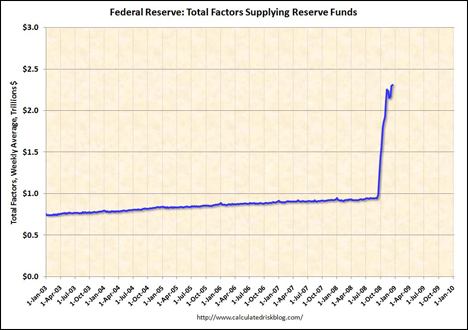 While we earn most of our money from our mortgage brokerage business, I started helping investors buy real estate some 5 years ago. Working in San Diego, I have seen just how profitable vacation ownership has been for long-term investors. If you follow me on any of my social sites, you will see that we just traveled to the Florida Panhandle to look at some of the best areas to own a vacation rental property. Subsequently, we entered into a strategic partnership with Vacasa, the nation’s largest vacation rental property manager.
While we earn most of our money from our mortgage brokerage business, I started helping investors buy real estate some 5 years ago. Working in San Diego, I have seen just how profitable vacation ownership has been for long-term investors. If you follow me on any of my social sites, you will see that we just traveled to the Florida Panhandle to look at some of the best areas to own a vacation rental property. Subsequently, we entered into a strategic partnership with Vacasa, the nation’s largest vacation rental property manager.
Here is an incomplete list of reasons why we think vacation rentals make sense for most investors:
1- Landlords get paid up-front. When this COVID panic hit, politicians in every level of government instituted eviction stays, denying landlords the right to remove tenants who couldn’t afford the rent. When you own a vacation rental, the typical stay is 7-30 days and you get paid by the renter before they occupy your property
2- The capitalization rates are better than long-term leases. Properly managed, vacation rentals produce between 1.6 and 2.1 times the annual income which a long term lease would produce. A vacation rental requires much more active marketing and management and, for that, vacation rental property managers take a healthy management fee but, after that is accounted for, the net operating income is still better than a long-term tenant.
3- Vacation rental properties are maintained better than those with long-term leases. This seems counter-intuitive but, because of the active management, the properties are kept cleaner and repairs are addressed immediately. The housekeeping service is usually passed on to the vacation renter and many of the repairs are covered by that renter if they break it. Routine maintenance is addressed immediately because the vacation rental needs to be in top-condition to be rented again– tenants don’t “hide” small problems (which can become big problems)
 4- Owners can take a vacation in their property. While using the property can eat into profits, there are seasonal vacancies which can be expected and, if the property is within driving distance, the owner can use the property for leisure Read more
4- Owners can take a vacation in their property. While using the property can eat into profits, there are seasonal vacancies which can be expected and, if the property is within driving distance, the owner can use the property for leisure Read more


